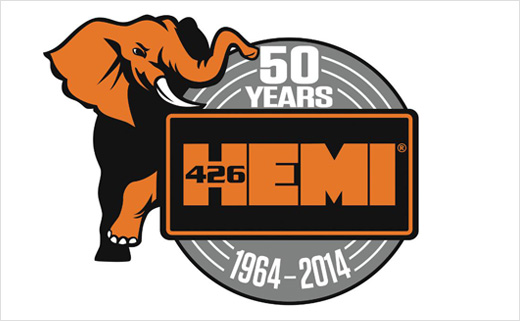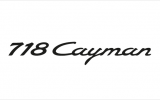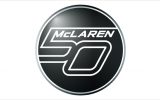Mopar Unveils 50th Anniversary HEMI Logo
Throughout 2014, Mopar will celebrate the 50th anniversary of the introduction of its famous second generation (Gen II) 426 Race HEMI engine design.
To kick off the year-long commemoration, Mopar has created a 50th anniversary logo. The design incorporates an elephant in reference to the engine’s moniker, which resulted from the powerplant’s imposing size, strength and power. The logo also features the trademark HEMI-orange color that covered the engine and made it even more recognisable.
“The 426 HEMI is such a vital part of our heritage and a key ingredient in helping make Mopar what it is today. The success of the Race HEMI launched a unique brand of sought after muscle cars that had fans began to refer to as Mopars, and that is something we are very proud of,” said Pietro Gorlier, President and CEO of Mopar.
While Chrysler engineers initially introduced the original hemispherical combustion engine design for passenger cars in 1951, the second generation HEMI engine, closely associated with the muscle car era, made its debut in 1964. The new second generation HEMI measured 426 cubic inches and was built specifically to win races. Two versions of this 426 race engine were built – one called the “Circuit” or “Track” engine and the other the “Acceleration” or “Drag” engine.
The Gen II 426 Race HEMI was first introduced at the Daytona 500 in February 1964 with driver Richard Petty winning the race in his Plymouth, while three other HEMI-powered entries gave the four top finishing positions to the new powerplant. Petty drove to eight victories and earned the NASCAR championship in 1964 with HEMI-powered cars amassing a total of 26 race wins. The HEMI used for the season was rated at 400 horsepower and had a compression ratio of 12.5:1.
That same year in National Hot Rod Association (NHRA) drag racing competition, Don Garlits broke the 200-mph barrier in the Gen II 426 Race HEMI-powered car travelling the quarter-mile straight-line distance in 7.78 seconds at 201.34 mph.
For the following season, NASCAR’s sanctioning body changed the rules mandating that all engines used for its races must be available in production vehicles. This led to the withdrawal from NASCAR competition for the 1965 season and saw Chrysler engineers concentrate their efforts in drag racing.
A new lighter drag racing package, referred to as A-990, debuted in the NHRA Super Stock class in 1965 in Dodge and Plymouth vehicles with altered wheelbases, launching the popularity of Funny Cars. To this day, a version of that engine still powers every single Funny Car and Top Fuel engine regardless of being badged by other manufacturers.
With the introduction of the 426 “Street” HEMI in 1966 for production vehicles, the HEMI made a return to NASCAR racing. During the next several years, vehicles with HEMI engines won several races and numerous championships in various professional categories.
With the availability of a Street HEMI, Chrysler no longer offered a special drag racing engine. Instead, drag racers were provided with the street version, which they could modify at their discretion. The only exception was the limited edition 1968 Dodge Dart and Plymouth Barracudas that remained powered by the 426 Race HEMI, with only 75 of each model produced.
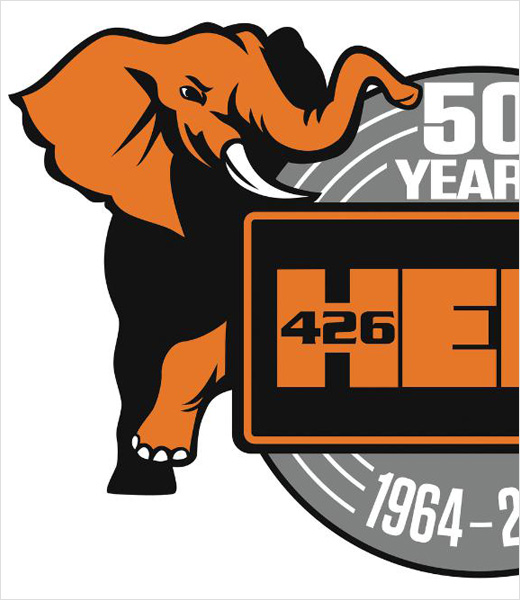
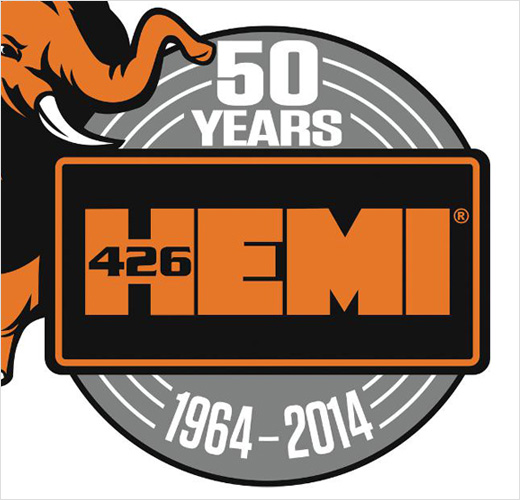
Source: Mopar


